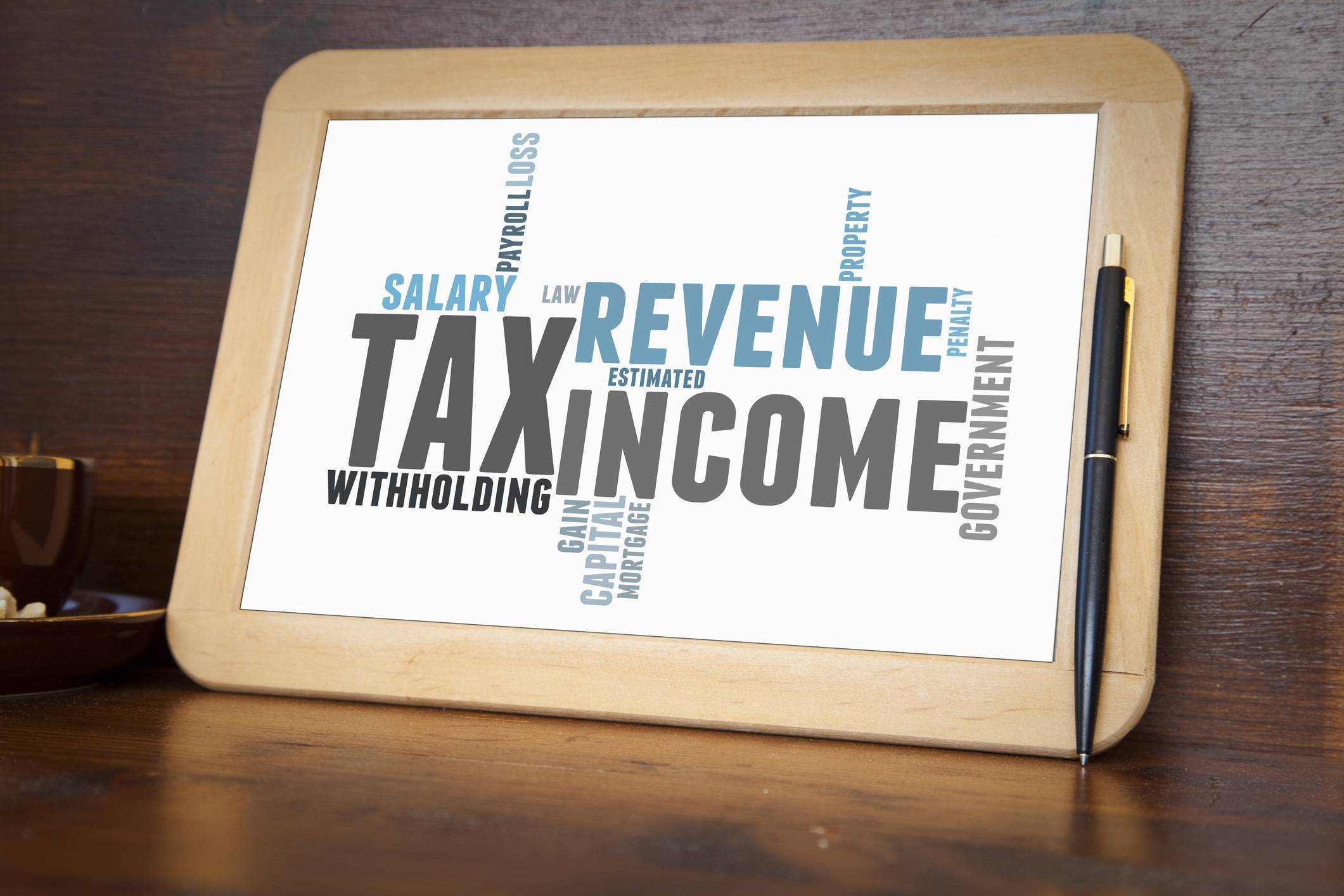Now that you’ve seen last year’s tax results and can see where this year is heading, it may be a good time to consider adjustments to your income tax withholding.
Getting It Right
If you have too much tax withheld, you will receive a refund when you file your income tax return, but it might make more sense to reduce your with holding and receive more in your paycheck. However, if you have too little tax withheld, you will owe tax when you file your tax return and might owe a penalty.
Two tools — IRS Form W-4 and the Tax Withholding Estimator onirs.gov— can be used to help figure out the right amount of federal income tax to have withheld from your paycheck. This can be beneficial when tax laws change, your filing status changes, you start anew job, or there are other changes in your personal situation.
You might make a more concerted effort to review your withholding if any of the following situations apply to you:
- File as a two-income family
- hold more than one job at the same time
- Work for only part of the year
- Claim credits, such as the child tax credit
- Itemize deductions
- Have a high income and complex return
Form W-4
In some circumstances, you will need to give your employer a new Form W-4 within 10 days (for example, if the number of allowances you are allowed to claim is reduced or your filing status changes from married to single). In other circumstances, you can submit a new Form W-4 whenever you wish. See IRS Publication 505 for more information.
Your employer will withhold tax from your paycheck based on the information you provide on Form W-4and the IRS withholding tables.
If you have a large amount of nonwage income, such as interest, dividends, or capital gains, you might want to increase the tax withheld or claim fewer allowances. In this situation, also consider making estimated tax payments using IRS Form 1040-ES.
You can claim exemption from federal tax with holding on Form W-4 if both of these situations apply: (1) in the prior tax year, you were entitled to a refund of all federal income tax withheld because you had no tax liability, and (2) for the current year, you expect are fund of all federal income tax withheld because you anticipate having no tax liability.







